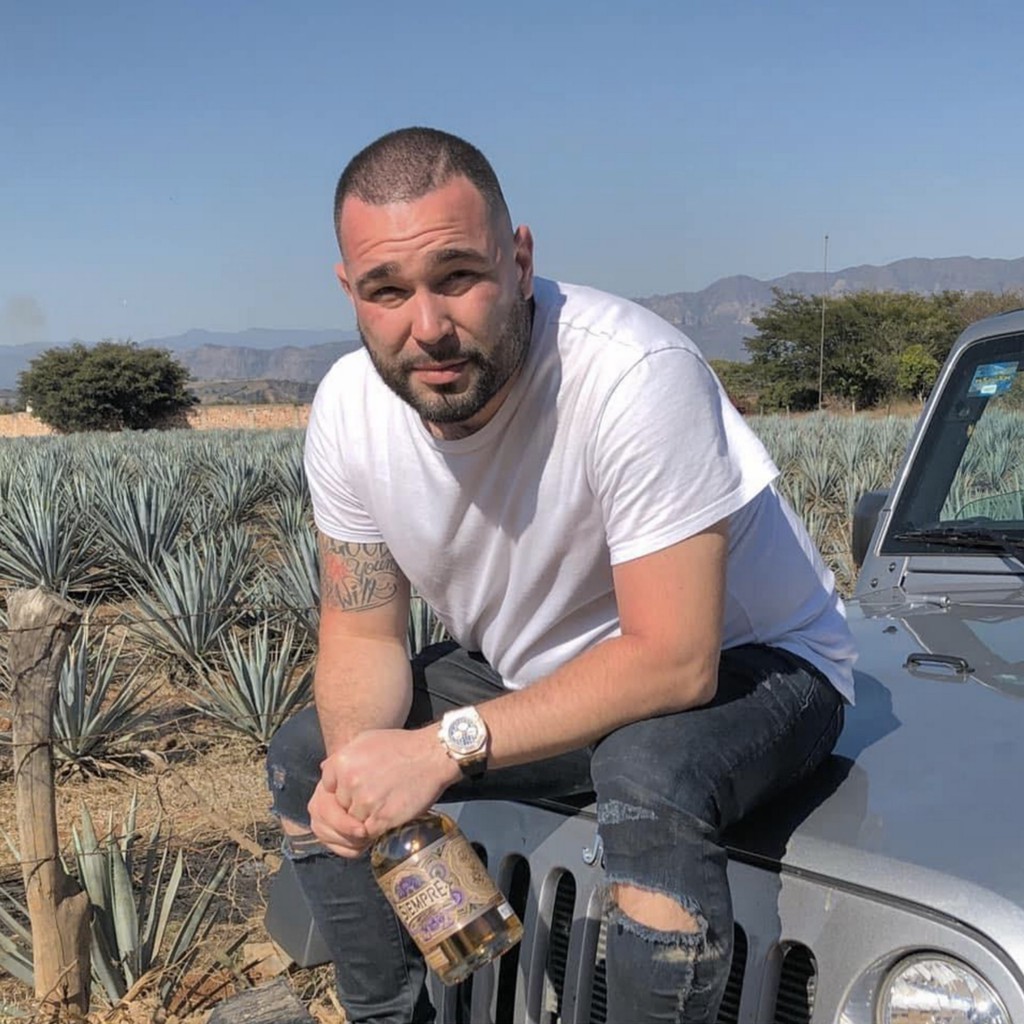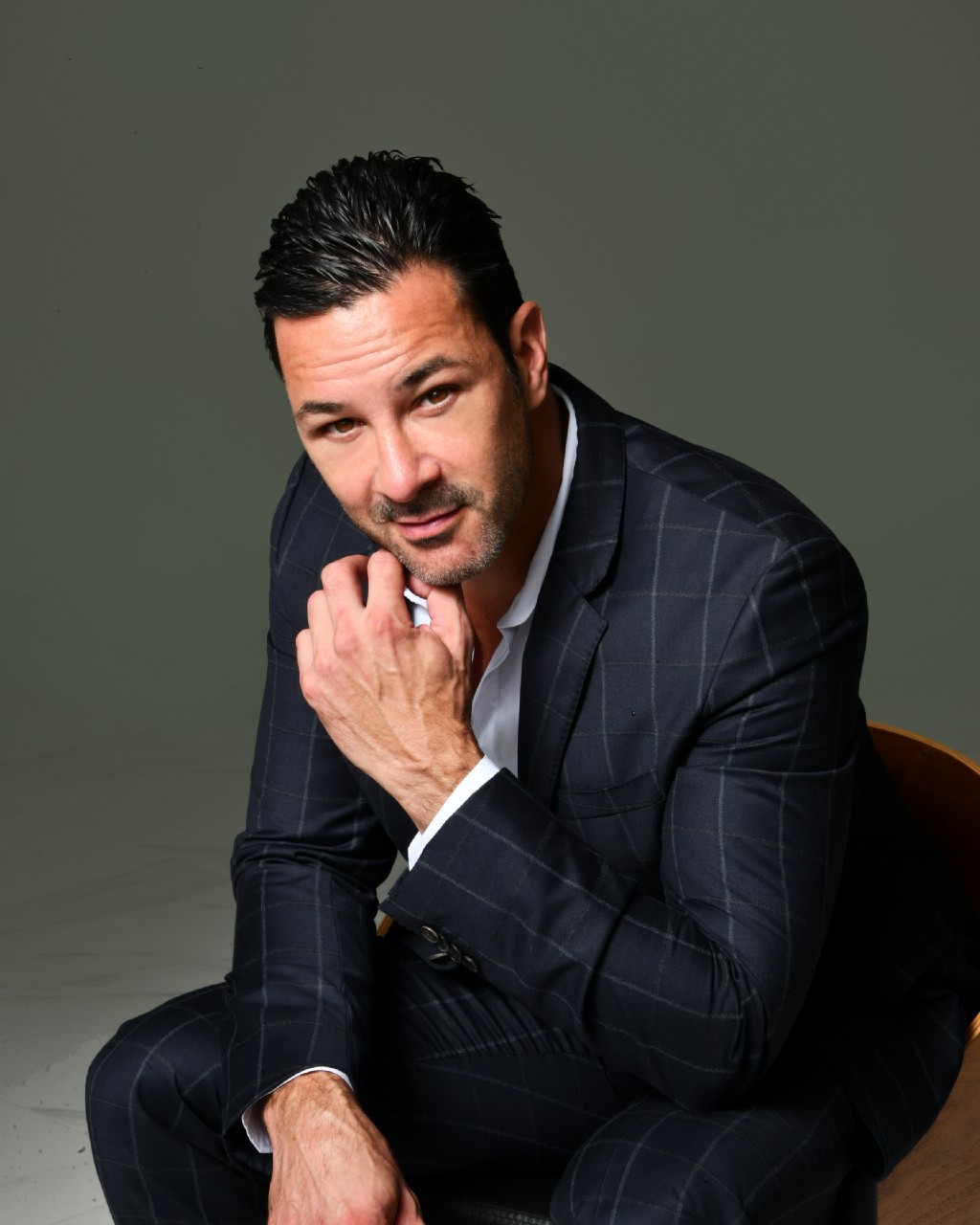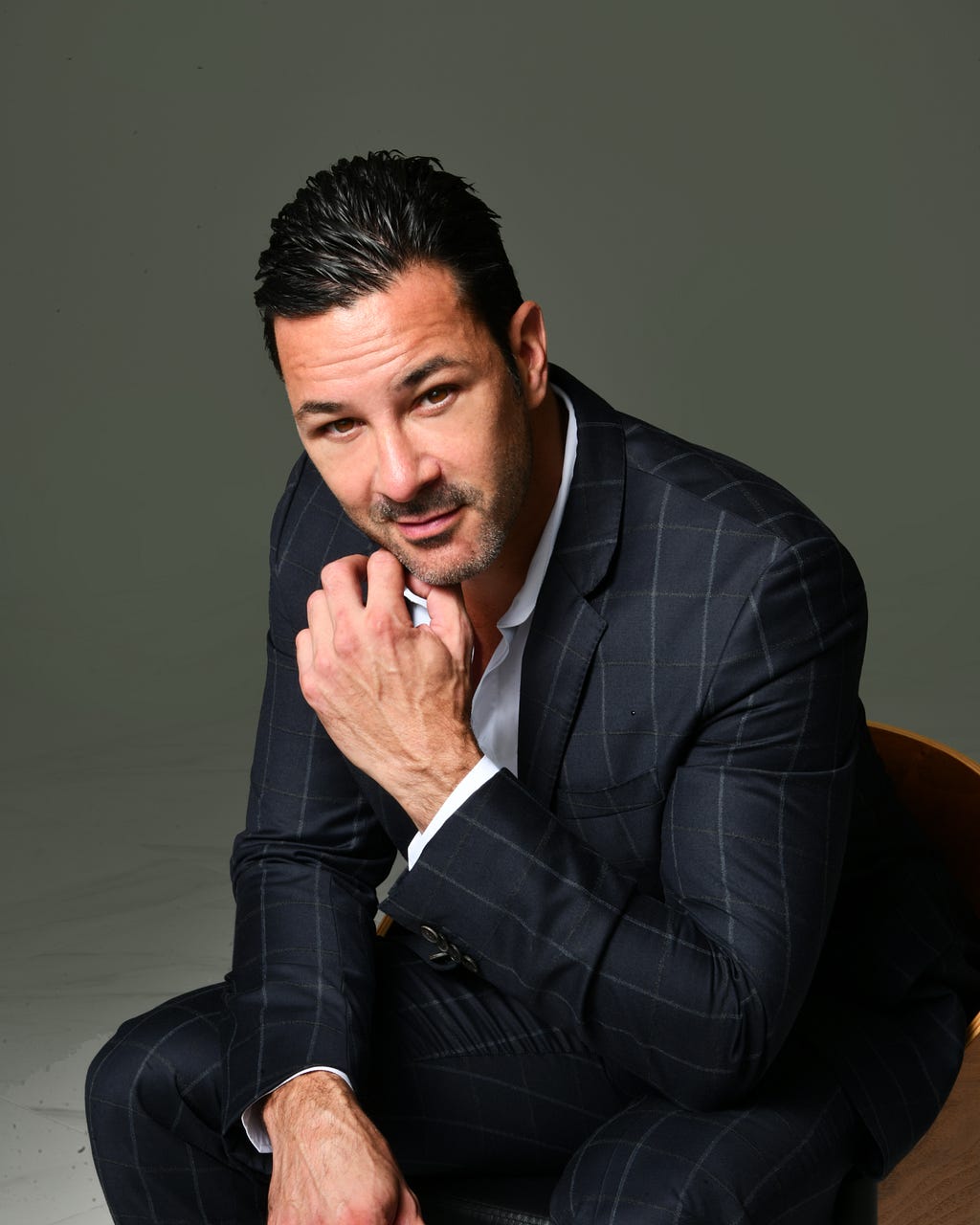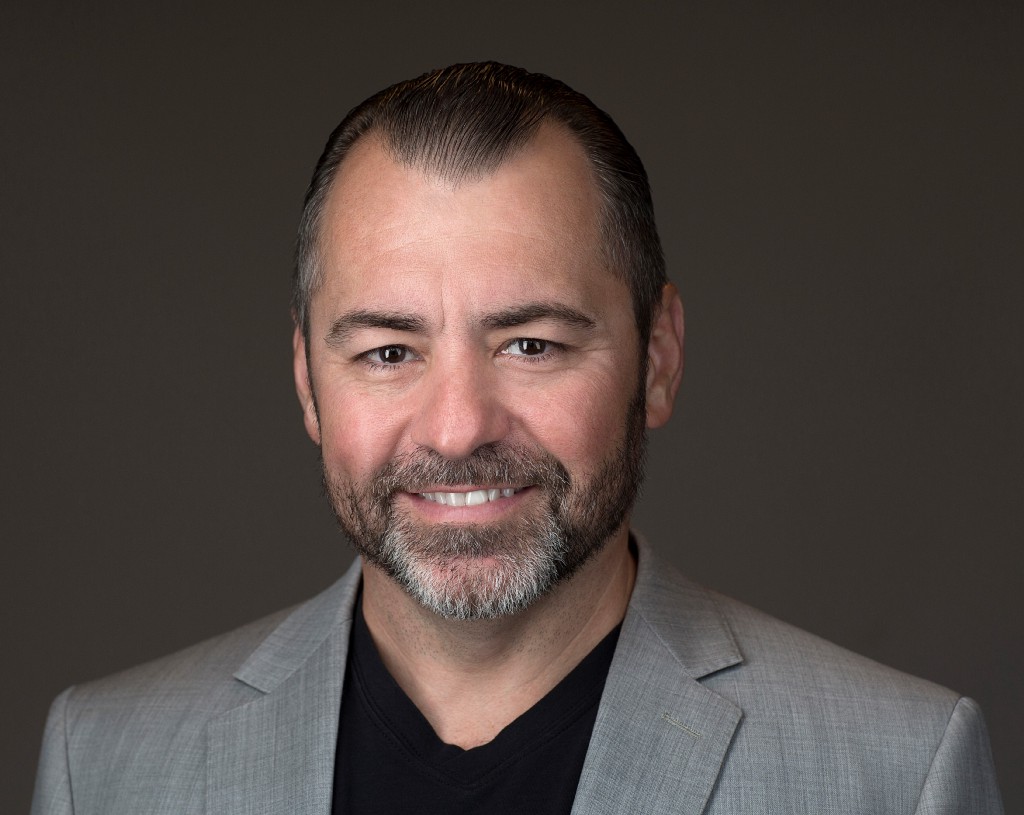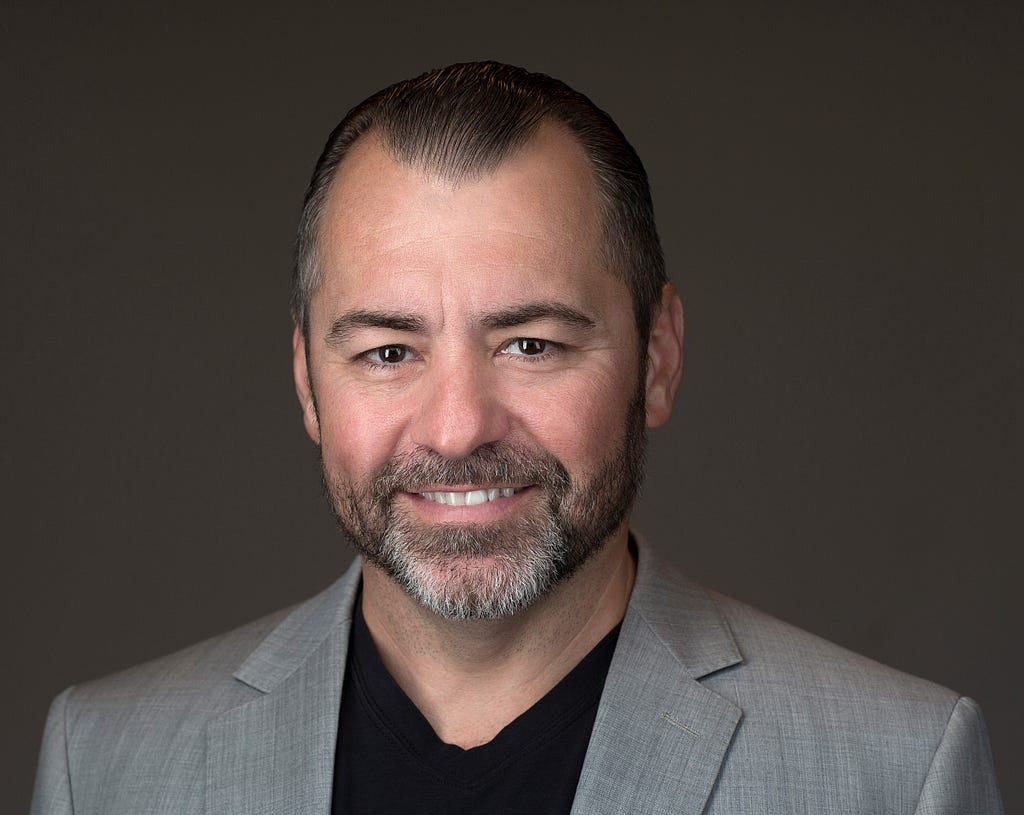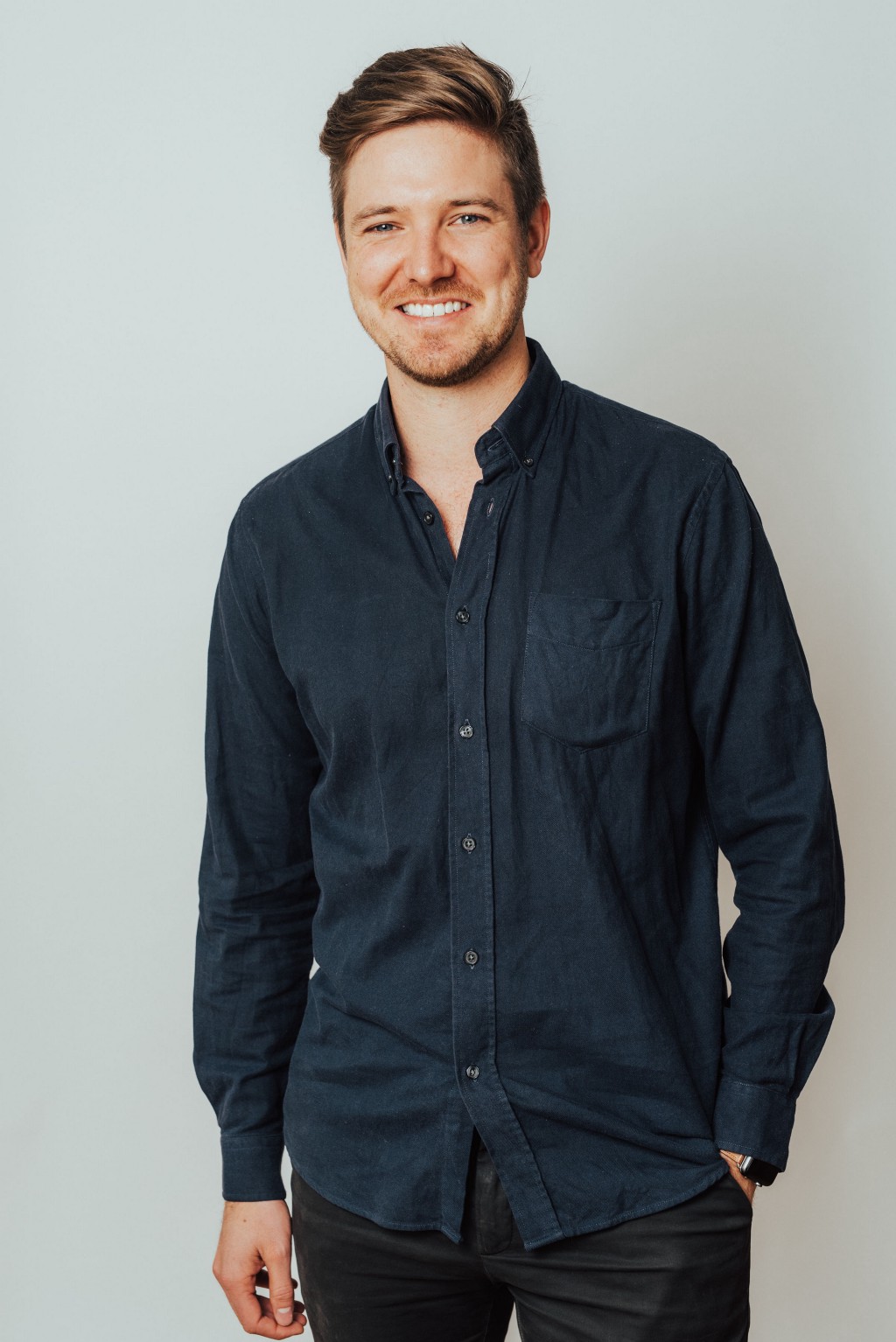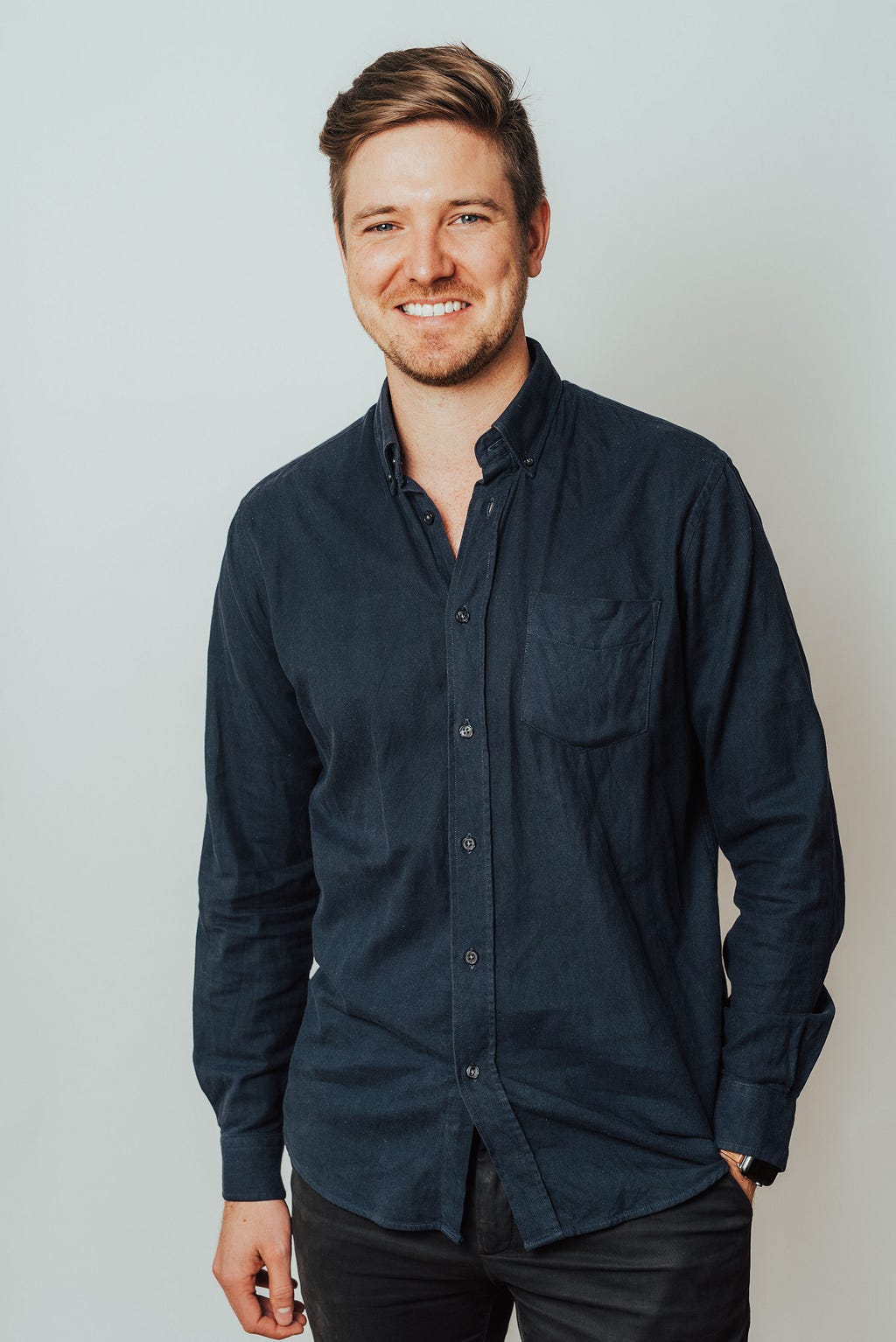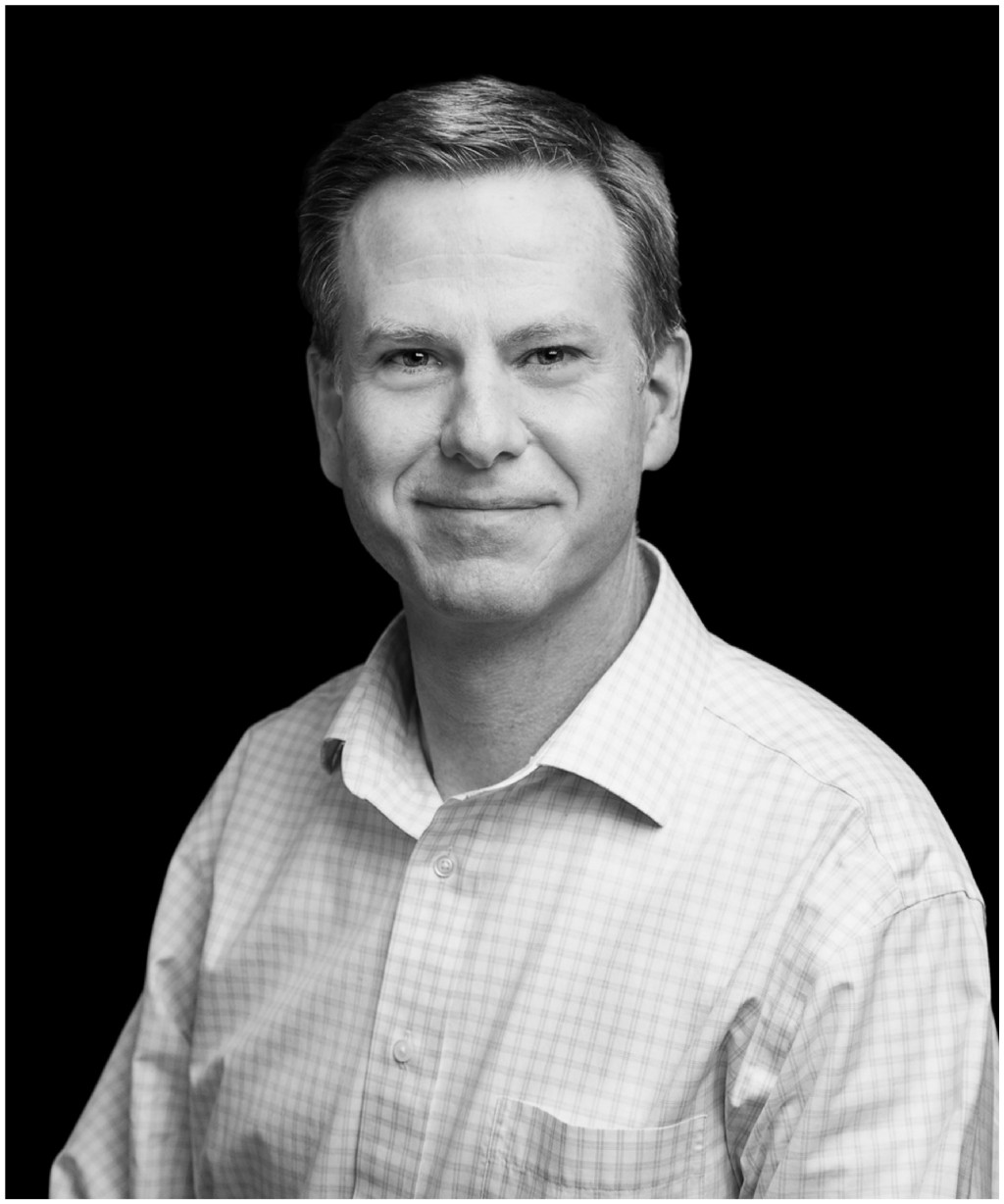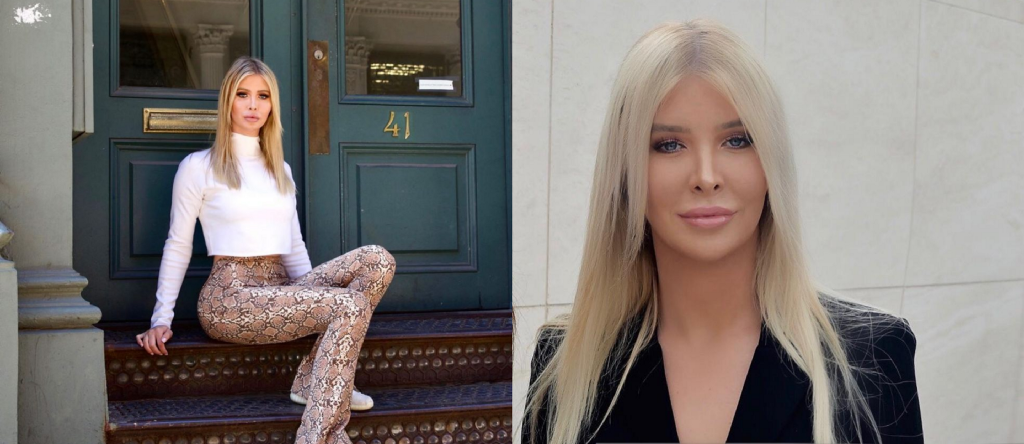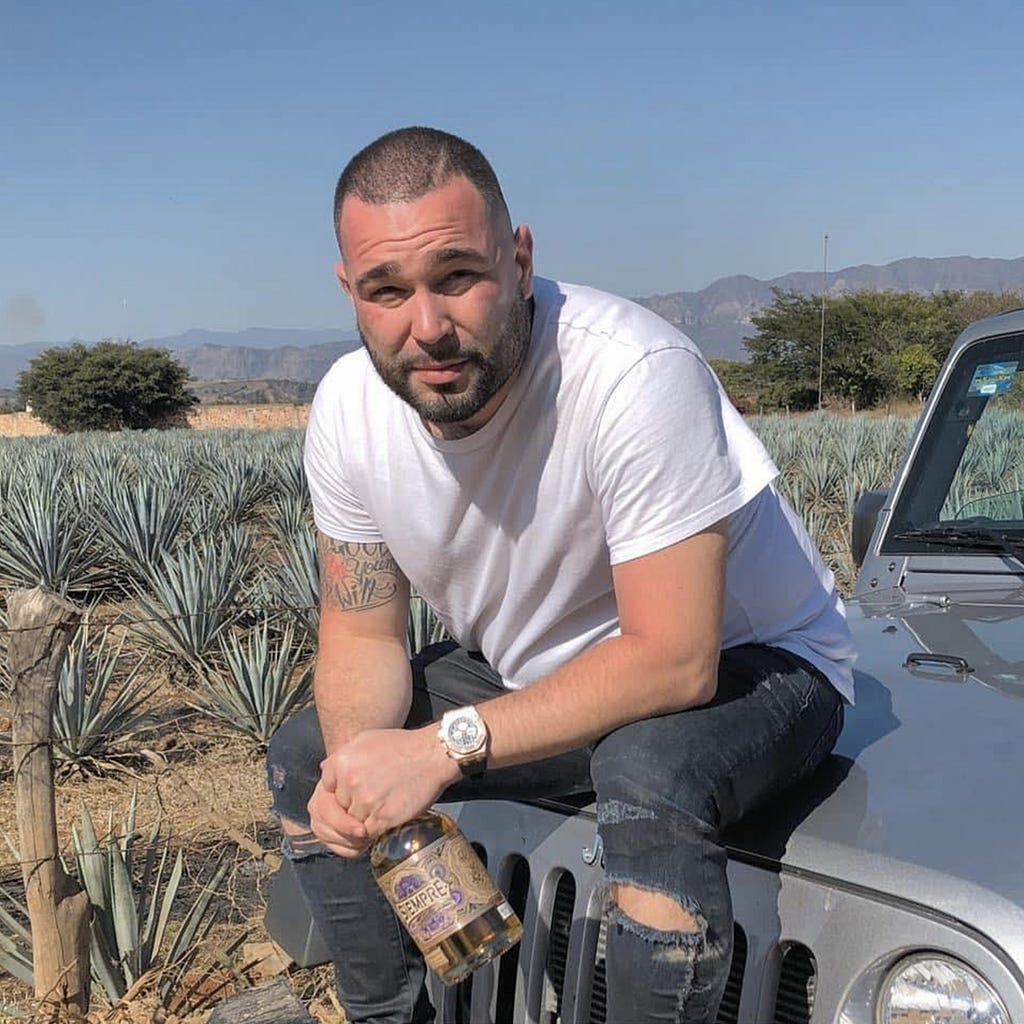
If it turns out to fail, don’t let it discourage you, instead allow it to teach you something and make the best of it. The process of elimination will get you there and… now you know not to repeat the mistake.
As a part of our series about “dreamers who ignored the naysayers and did what others said was impossible,’’ I had the pleasure of interviewing Alex Lacroix.
Not quite ten years ago, Alex Lacroix was on bail for felony charges, and his future seemed anything but spirited. At that time, Alex’s best friend had just been murdered, and his Ottawa, Canada recording studio had just been raided by police.
Alex had a choice to make — continue down this path or prevail. Leaving his negative environment behind, he left for Toronto to pursue a career in Advertising. In two short years, Alex graduated with honours from the Creative Advertising Program at Seneca College where he earned bursaries and awards recognizing his talent and academic achievement. He was quickly hired by one of Canada’s top creative shops and continued to win awards for brands including Corona, Audi, Molson Coors and others. He and his life partner, Monica Sanita, grew tired of building others’ dreams in their Advertising careers and decided to risk it all and build a dream of their own — they created Siempre Tequila. Today, their brand has won multiple awards, is sold across the country and is one of the world’s fastest growing craft tequilas.
Thank you so much for joining us! Our readers would love to ‘get to know you’ a bit better. Can you tell us your ‘backstory’?
Growing up in a single parent home left me figuring things out on my own at a very young age. My mother did what she could to provide a life for me and my sister. With her working long hours, I spent a lot of time with my grandparents — my grandfather was a food broker. Business was in my blood and I guess my training began long before I even knew it was happening.
My life as a young adult was something out of the movies. Many of the friends I grew up with were headed to jail or prison for various offenses, and almost immediately after my best friend was murdered, I was involved in a series of searches and arrests. Throughout, an unregistered gun was found. I got charged with a felony. With a young daughter, I knew I needed to turn my life around and so, while on bail, I went on to pursue a career in advertising. I graduated college and began working for some of Canada’s top agencies developing ads campaigns for big brands like Coca-Cola, Corona, Cineplex, Audi and Molson-Coors.
It was during this time that I met Monica and we fell in love.
Traveling 8 hours every weekend to spend time with my daughter who lived in another city and the growing ambition to start a family with Monica, led us to begin thinking about creating something on our own terms and turning the tables around. With our own company we could travel, be with my daughter more often and create something we could leave behind as a legacy.
Are you working on any new or exciting projects now? How do you think that will help people?
Every single day in the tequila industry is new and exciting. As a multiple award winning art director and advertising strategist team — we’re looking forward to being able to truly show the world what we’re capable of. We have many creative product ideas and projects that we’re excited to execute in the near future. And with our Advertising background, we’re no strangers to the impression a brand can make on consumers and the world as a whole. Using this platform to inspire, spread beauty and positive initiatives is something we strive to do daily.
In your opinion, what do you think makes your company or organization stand out from the crowd?
We often summarize our story in three short lines. We fell in love, quit our jobs and risked it all. And while there is so much more in between, that’s really what it was. That’s what our company was founded on — love, hope and stubborn ambition to make a better life for ourselves and those around us. And that’s what we believe makes a company stand out. Being in love with what you’re doing, staying hopeful throughout the journey and having the guts to put everything on the line for it.
Ok, thank you for that. I’d like to jump to the main focus of this interview. Has there ever been a time that someone told you something was impossible, but you did it anyway? Can you share the story with us? What was your idea? What was the reaction of the naysayers? And how did you overcome that?
You could say a few people laughed when I said that we’d be one of the next great liquor business success stories. Understandably so — being a Canadian, on bail for gun possession and 26 other charges, awaiting trial, possibly facing 2+ years in prison, working over 60 hours a week as a Jr. Art Director and traveling 8 hours every weekend to help raise my daughter, the odds were not in my favor
Rewind to 2011, my best friend had recently been murdered, many of my peers were disappearing into the prison system or furthering themselves down a dark path masked by money, cars and jewelry. Long story short, in February of 2011, I was arrested for possession of a firearm. I was sitting in a jail cell and all I could think about was my young daughter. I grew up without a father and my worst nightmare was to have a child that grew up without me in her life — it struck me pretty hard. The issue now was, it seemed to be a little too late. I was facing a mandatory minimum sentence of 2 years in prison, strict bail conditions awaiting trial, well over $100k in legal fees and all the uncertainties that lay ahead. How could I overcome this, turn things around and become a positive role model?
You could imagine how many times I heard the word “impossible” throughout the process of simply wanting to turn things around somehow and have a positive impact on the world. Truth is, hearing the word impossible was my fuel, and continues to be. The only thing that’s truly impossible is knowing there will be a negative end result from something you’ve never even tried to accomplish. I figured I’d give freedom and success my best shot rather than give up.
While on bail, throughout the court proceedings and serving a house arrest sentence; I enrolled in college, worked as a teacher’s assistant for two teachers, worked an internship while keeping up with class, graduated with bursaries, won multiple advertising awards, got hired by a top ad agency, quit then co-founded one of the fastest-growing tequila brands in the world — seeding the business with nothing but $9000.00 and a credit card. (Can I point out here that even celebrity, George Clooney’s Casamigos Tequila required over $30M to go the distance?)
In the end, how were all the naysayers proven wrong? 🙂
Well, Siempre Tequila is in well over 2000 retail locations, has won multiple spirit awards and has expanded Globally. So far so good. But there’s still a chance that the joke’s on me ;).
None of us are able to achieve success without some help along the way. Is there a particular person who you are grateful towards who helped get you to where you are? Can you share a story about that?
My partners. Chris Matte, our third and late co-founder shared many similar life experiences as I did and has overcome the unimaginable too. He caught wind of what Monica and I were creating and really jumped right in.
Monica Sanita, our voice of reason. Her admirable work ethic continues to motivate and is so inspiring as well.
I’d also like to give a special shout out to the little voice inside all of us. Go with your gut and trust your instincts. It’s easy to listen to others and become discouraged from that thing you’re pursuing.
It must not have been easy to ignore all the naysayers. Did you have any experiences growing up that have contributed to building your resiliency? Can you share the story with us?
Like many artists and entrepreneurs, traditional methods of schooling simply did not mesh with my out-of-the-box thinking and desire to walk down the unbeaten path. After dropping out of high school, I went on to start a rap group, touring Canada and performing at festivals and concerts and selling cd’s on the streets to pay for food and lodgings along the way.
The band could not afford expensive recording studios and designers, so I did it on my own. That’s how I developed a lot of my experience in design, tech and management. Whenever I was told that it could not be done or I didn’t have the means to outsource a task, I learnt the skills on my own and just figured it out.
Based on your experience, can you share 5 strategies that people can use to harness the sense of tenacity and do what naysayers think is impossible? (Please share a story or an example for each)
- Make a really solid plan knowing it will completely change. There’s always a few delays and detours on a long road trip no matter how well mapped out. Being prepared makes it easier for you to make it through the hiccups.
- Forget rules and boundaries while brainstorming for a path to success, cast far out with the ideas then slowly reel it in. Doing that will eventually lead you to some out-of-the-box answers. No idea is a bad idea when brainstorming — just keep the creative flowing.
- It is not yours until it is in your pocket. Don’t count your eggs until they’re hatched. Pursue many other avenues and have a back up plan for the back up plan. Even if you feel like it’s a done deal or a sure thing, if it doesn’t pan out you’ll have something to fall back on.
- If it turns out to fail, don’t let it discourage you, instead allow it to teach you something and make the best of it. The process of elimination will get you there and… now you know not to repeat the mistake.
- Any decision is better than no decision. If you do nothing, nothing will happen. Staying the course is key.
What is your favorite quote or personal philosophy that relates to the concept of resilience?
The Blue Agave used in tequila production is an exceptional plant. It’s resilience deemed it god’s gift to the people in the region in which it grows — being that not much else will grow in that region. They say that the Agave tends to itself and trying to feed it nutrients and nurture it sometimes kills it altogether. Agave farmers will occasionally do the contrary, leave it to suffer through drought and be self sufficient even cut it’s branches, all this to make it stronger in the end.
All the pain, struggle, bruises and scars in your life make you stronger and far more resilient. Embrace your misfortunes and allow them to empower you.
You are a person of great influence. If you could inspire a movement that would bring the most amount of good for the greatest number of people, what would that be? You never know what your idea can trigger.
Often young criminals are bred by lack of opportunity, role models and resources. The world needs a stronger big brother/sister program. Financing for underprivileged entrepreneurs would go a long way also. There are brilliant minds out there that just need a push in a positive direction.
Yes, absolutely! Follow along on Instagram:
Dreamers: “ They Told Me It Was Impossible But I Did It Anyway”With Alex Lacroix was originally published in Authority Magazine on Medium, where people are continuing the conversation by highlighting and responding to this story.


